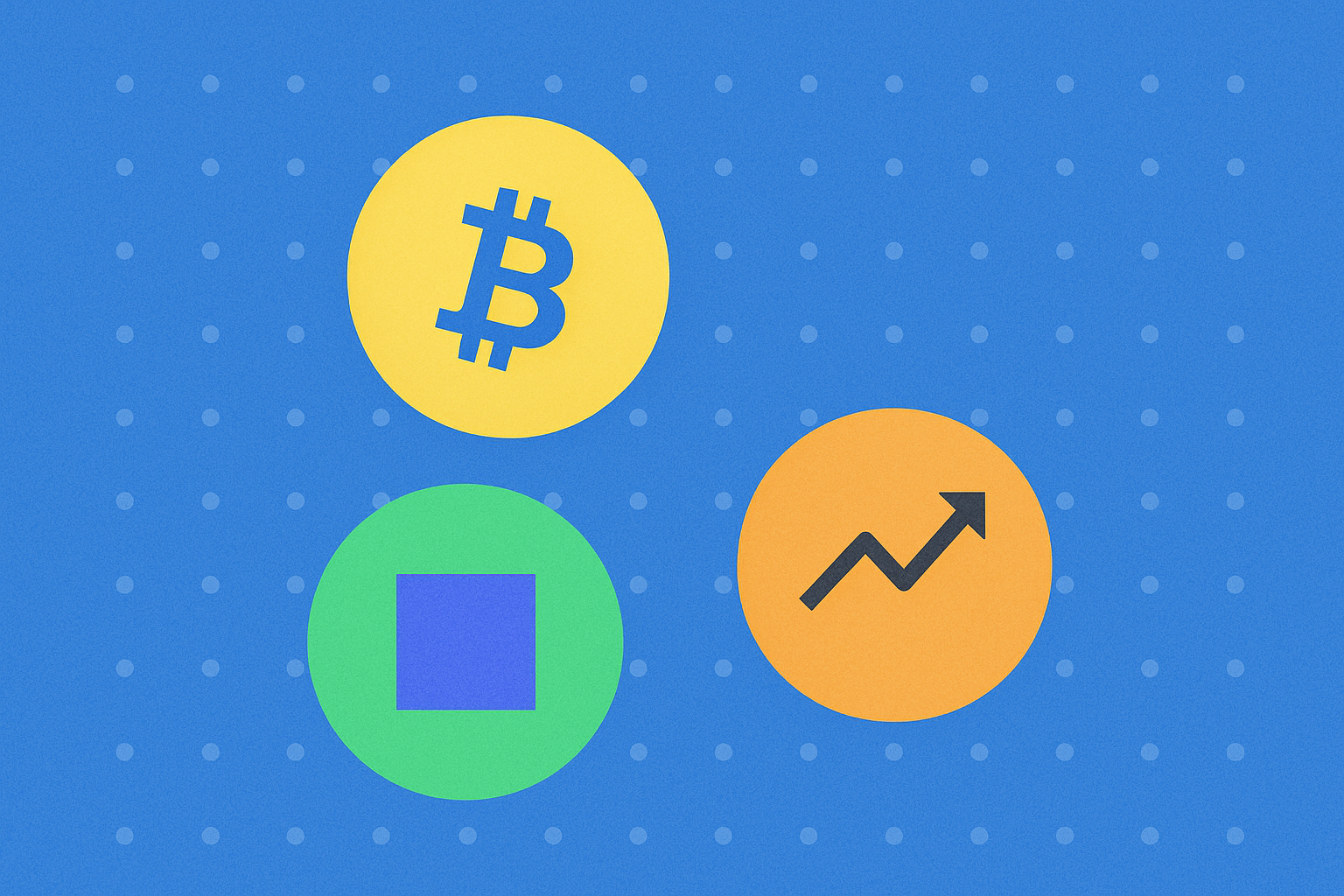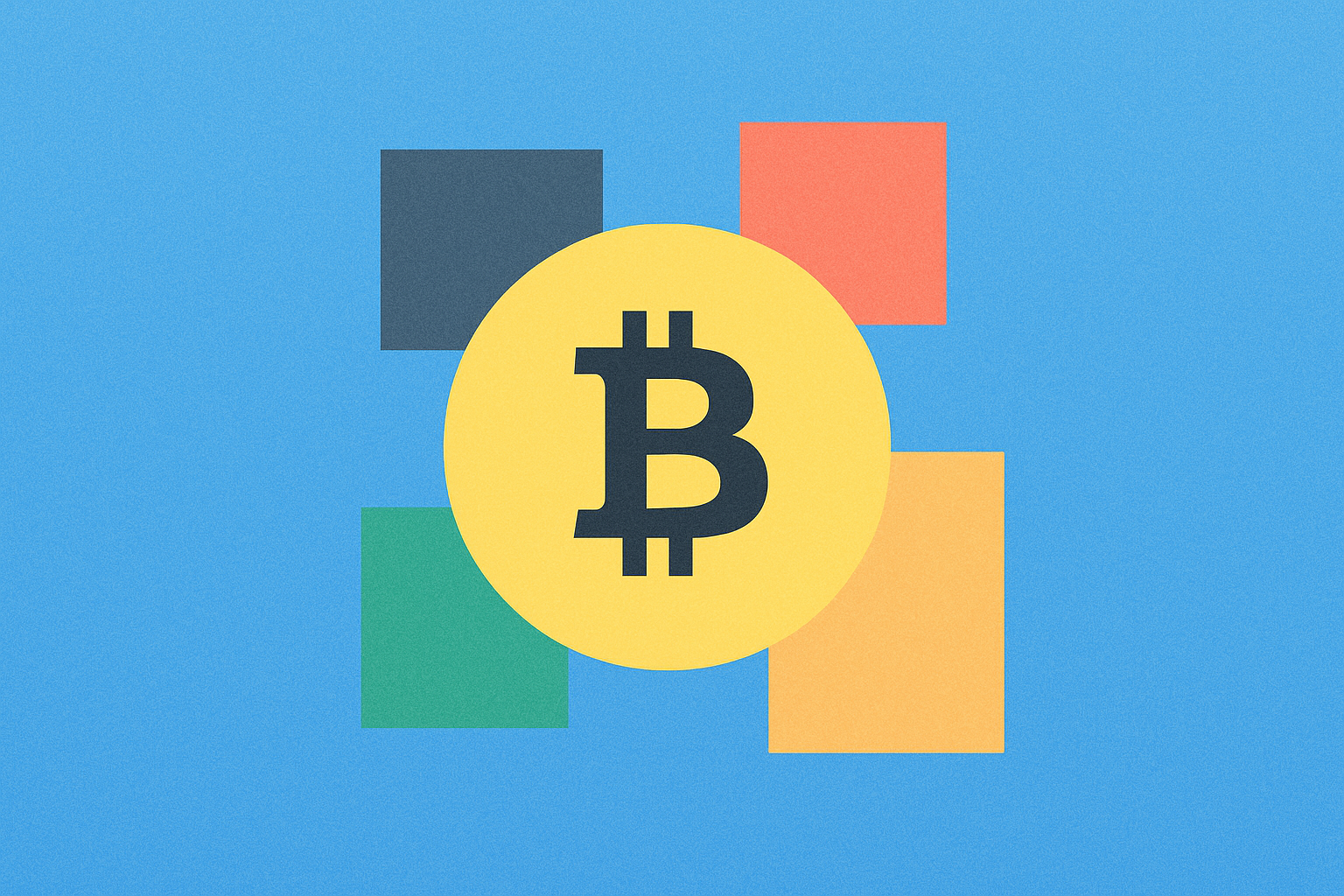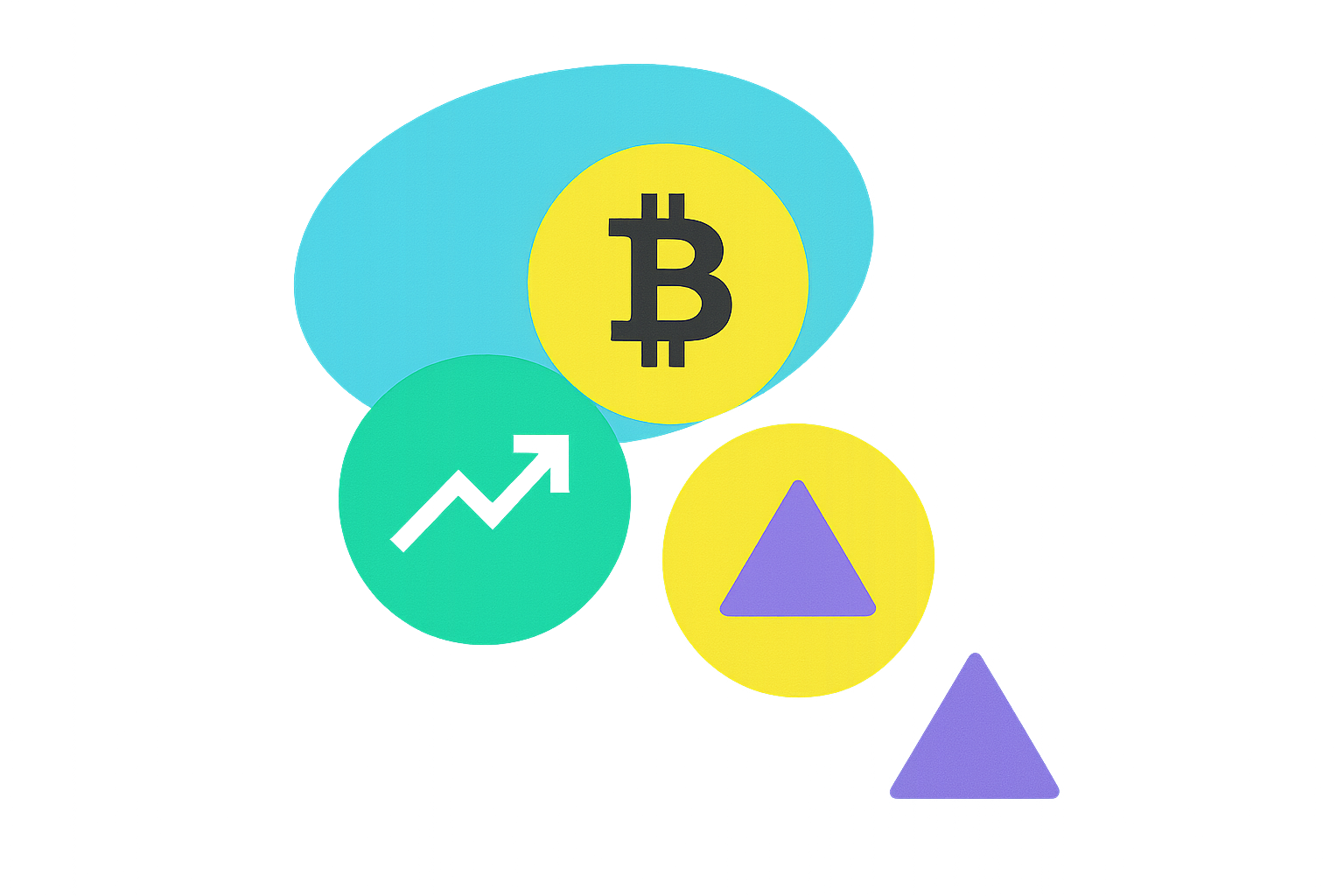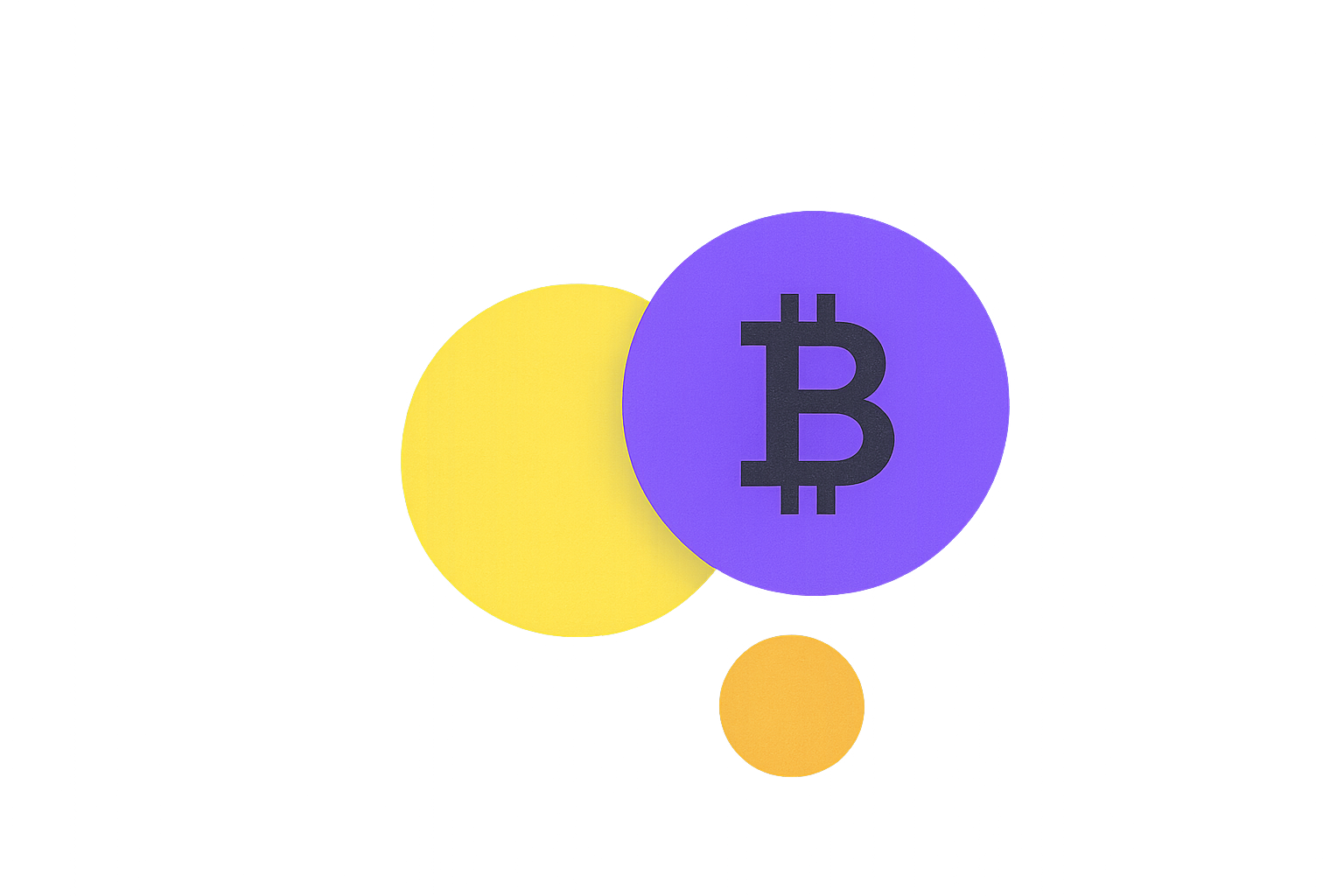Makroekonomik bağlantılılık, 2025 yılında kripto para piyasaları üzerinde nasıl bir etki yaratır?


Fed’in 2025 politika değişiklikleri kripto piyasasında oynaklığı %15 artırıyor
Federal Reserve’in 2025 yılına ilişkin para politikası kararlarının, son piyasa analizlerine göre kripto para piyasası oynaklığını yaklaşık %15 oranında artıracağı öngörülüyor. Tarihsel veriler, Fed’in faiz indirimlerinin sermayenin alternatif varlıklara—özellikle Bitcoin ve B2 (BSquared Network) gibi büyük kripto paralara—yönlendirilmesinde tutarlı bir etkisi olduğunu gösteriyor.
2025’te beklenen üç faiz indirimi, aşağıdaki karşılaştırmada görüldüğü üzere çeşitli ekonomik sorunlara çözüm getirmeyi amaçlıyor:
| Ekonomik Faktör | Mevcut Durum | Faiz İndirimi Sonrası Öngörü |
|---|---|---|
| Ekonomik Büyüme | Yavaşlıyor | Ilımlı iyileşme |
| İşgücü Piyasası | Zayıf artışlar | Artan istihdam hareketliliği |
| Enflasyon | Sürekli | Kısmen hafiflemiş |
| Dolar Gücü | Görece yüksek | Zayıflama ihtimali |
Şu anda B2 gibi kripto paralar 1,1675 $ seviyesinden işlem görüyor ve piyasa değeri 54,7 milyon $ olarak kaydediliyor. Bu politika değişiklikleri, fiyat hareketliliği açısından önemli bir potansiyel sunuyor. B2, 12 Ekim 2025’te 2,2184 $ ile tarihi zirvesine ulaştıktan sonra sert bir düzeltme yaşadı ve belirgin oynaklık sergiledi.
Piyasa verileri, önceki Fed gevşeme döngülerinde kripto paralardaki ima edilen oynaklık göstergelerinin %12-%18 oranında arttığını gösteriyor. Bu desen, para politikası gevşediğinde genel yönlü beklentinin kripto para değerlenmesine işaret etse de, Federal Reserve’in açıklamaları ve ekonomik veri akışına bağlı olarak piyasa katılımcılarının pozisyonlarını güncellemesiyle fiyat dalgalanmalarının artacağını gösteriyor.
%3,2 enflasyon, Bitcoin fiyatında %8 artışla korelasyon gösteriyor
2025’e ait güncel ekonomik veriler, enflasyon oranları ile Bitcoin’in piyasa performansı arasında dikkate değer bir ilişki olduğunu gösteriyor. Enflasyon %3,2’ye ulaştığında Bitcoin %8 oranında değer kazandı ve potansiyel bir enflasyon koruması rolünü sürdürdü.
Bu korelasyon, Bitcoin’in fiyat hareketlerinin ekonomik göstergelerle tarihsel bağlamda incelenmesiyle daha anlamlı hale geliyor:
| Ekonomik Gösterge | Bitcoin Fiyat Tepkisi | Dönem |
|---|---|---|
| %3,2 Enflasyon Oranı | %8 Fiyat Artışı | 2025 |
| Piyasa Oynaklığı (VIX: 33) | B2 Token Dalgalanması | Ekim-Kasım 2025 |
| Geleneksel Piyasada Belirsizlik | Bitcoin %32 Yılbaşından Bugüne Kazanç | 2025 başı |
Finansal analistler, Bitcoin’in karakteristik oynaklığını koruduğunu, gate işlem verilerinin de bunu doğruladığını, ancak enflasyon baskısına verdiği tepkinin artık daha öngörülebilir olduğunu ifade ediyor. Bitcoin’in davranışı, giderek hibrit bir varlık modeline yaklaşıyor; hem riskli teknoloji yatırımı hem de altına benzer bir değer saklama aracı olarak işlev görüyor.
Veriler, Bitcoin’in özellikle ılımlı enflasyon endişesinin yatırımcıları alternatif varlıklara yönlendirdiği dönemlerde enflasyon koruması işlevinin devam ettiğini gösteriyor. Bu desen, önceki piyasa döngüleriyle uyumlu olup, Bitcoin’in olgunlaşan varlık sınıfı olarak enflasyonist koşullarda cazibesini koruduğunu ortaya koyuyor. Kurumsal yatırımcılar bu örüntüyü giderek daha fazla benimseyerek düzenlenmiş kripto para yatırım araçlarının gelişmesine ve piyasanın istikrara kavuşmasına katkıda bulunuyor; fiyat dalgalanmaları ise hâlâ devam ediyor.
S&P 500 dalgalanmaları, büyük kripto para hareketleriyle 0,6 korelasyon gösteriyor
2025’e ait finansal veriler, Bitcoin ile S&P 500 arasında 0,6’lık anlamlı bir korelasyon katsayısı olduğunu ortaya koyuyor. Bu ilişki, Bitcoin’in piyasa davranışında önemli bir değişime işaret ediyor; geleneksel hisse senedi piyasalarından kısmen bağımsız hale gelirken, yine de bağlantısını sürdürüyor.
| Varlık Karşılaştırması | S&P 500 ile Korelasyon |
|---|---|
| Bitcoin | 0,6 |
| Altcoinler | 0,68 |
| B2 Network | 0,7726 |
Altcoinler, S&P 500 ile 0,68’lik biraz daha yüksek bir korelasyon gösteriyor ve bu da geleneksel piyasa duyarlılığından Bitcoin’e göre daha fazla etkilendiklerini ortaya koyuyor. Bu farklılaşma, Bitcoin’in “dijital altın” olma statüsündeki gelişimini vurguluyor; zira Bitcoin’in altınla olan tarihsel korelasyonu 0,9’a ulaşırken, altının ons fiyatı 2025’te 4.179,48 $ oldu.
Korelasyondaki dalgalanma, her iki piyasayı birden etkileyen makroekonomik faktörlerden kaynaklanıyor. Örneğin, Trump yönetiminin 2025’in sonunda Çin, Kanada ve Meksika’ya yönelik agresif tarifeleri yeniden uygulamaya koyması, 160 milyar $’lık kripto piyasa çöküşüyle birlikte hisse senedi piyasasında sarsıntı yarattı.
Yatırımcılar açısından bu orta seviyedeki korelasyon, Bitcoin fiyat dalgalanmalarının hisse senedi hareketlerini genellikle 3-5 kat büyüttüğü anlamına geliyor ve dalgalı piyasa koşullarında hem risk hem de fırsat sunuyor. Gate üzerinden kurumsal yatırımcılar, bu ilişkilerden yararlanarak geleneksel ve dijital varlık sınıfları arasında daha sofistike koruma ve portföy dağılım stratejileri geliştirebilir.
SSS
B2 kripto nedir?
B2, Bitcoin ölçeklenebilirliğini artıran ve akıllı sözleşmeleri mümkün kılan bir Layer 2 çözümüdür. Rollup teknolojisiyle işlemleri zincir dışında işleyip ana Bitcoin ağında sonlandırarak hem hız hem de maliyet avantajı sağlar.
B coin kaç para?
2 Kasım 2025 itibarıyla B coin’in değeri 0,0093 $. Bu fiyat, güncel piyasa değerini yansıtır.
İkinci Bitcoin hangi coin olacak?
Ethereum, ikinci Bitcoin olmaya en yakın adaydır. Akıllı sözleşmeler ve DApp’ler için yaygın kullanımıyla kripto dünyasında güçlü bir konuma sahiptir.
B2 network tokenlarının arzı nedir?
B2 network tokenlarının toplam arzı 210 milyon olup yatırımcılar, ekip, danışmanlar, etkinlik katılımcıları ve stake ödülleri arasında dağıtılmıştır.

Federal Reserve Politikası 2025’te Kripto Para Fiyatlarını Nasıl Etkiler?

2025'te makroekonomik veriler kripto para fiyatları üzerinde nasıl bir etki yaratır?

Makroekonomik belirsizlik, kripto para fiyatlarını nasıl etkiler?

2025 yılında makroekonomik politika, kripto para fiyatları üzerinde nasıl bir etki yaratır?

2025 yılında Federal Reserve’in uyguladığı para politikaları ile enflasyon verileri, kripto para fiyatlarını nasıl etkiler?

Federal Reserve'ın para politikası, kripto para fiyatlarını nasıl etkiler?

2025 SWEAT Fiyat Tahmini: Uzman Analizi ve Gelecek Yıla Yönelik Piyasa Öngörüsü

2025 BLUE Fiyat Tahmini: Uzman Analizi ve Önümüzdeki Yıla Dair Piyasa Beklentileri

ENA Sentetik Stablecoin Protokolü’ne Kapsamlı Rehber







